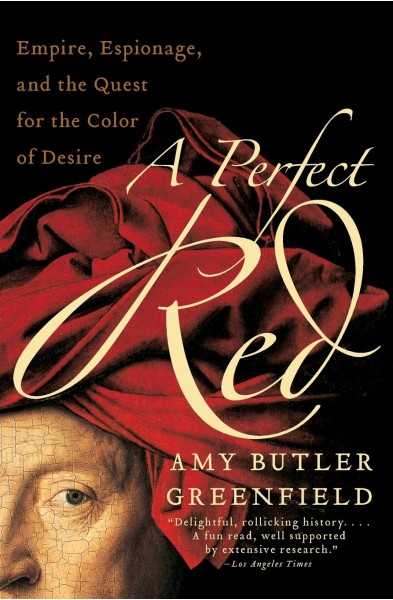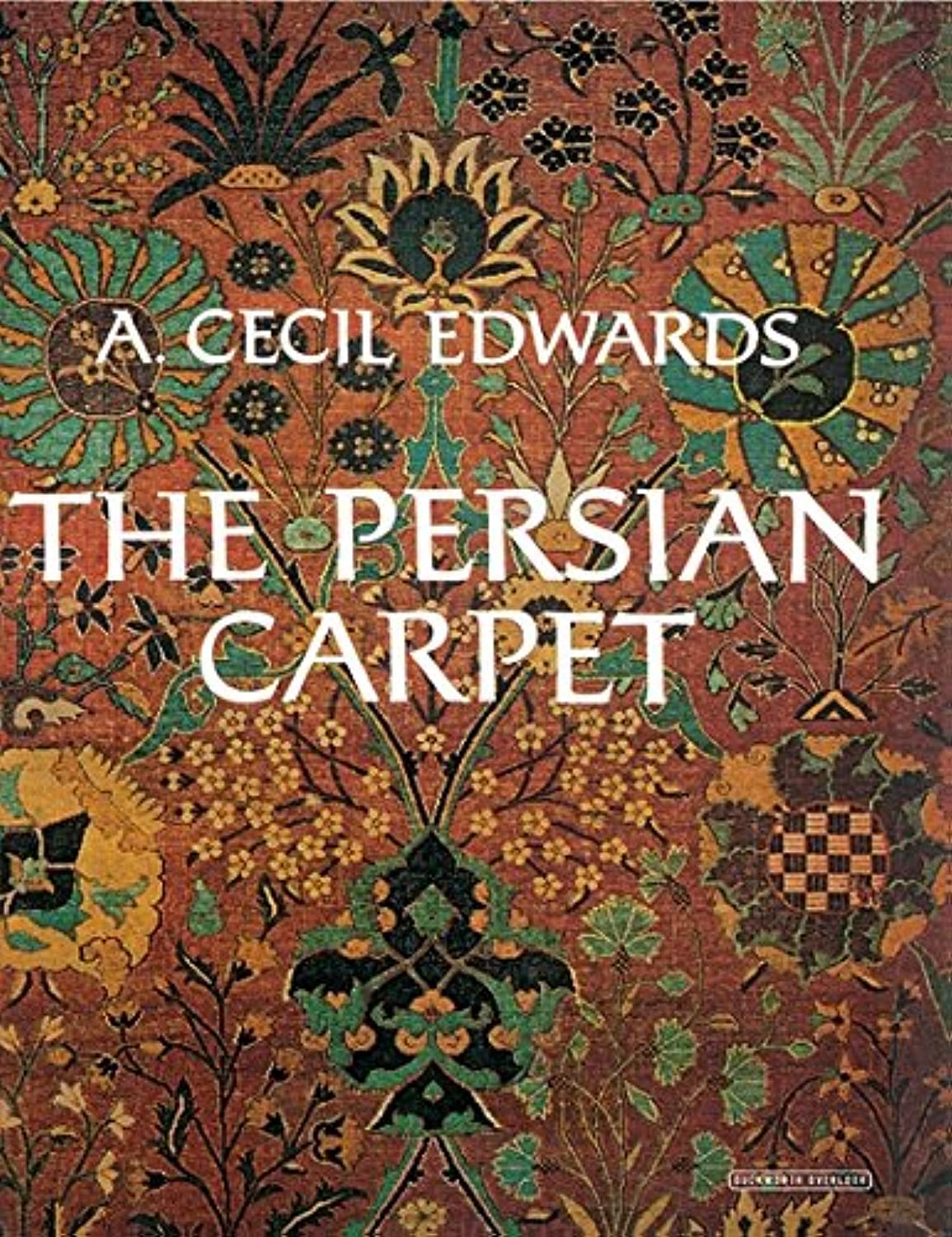
In the sixteenth century, one of the world’s most precious commodities was cochineal, a dye treasured by the ancient Mexicans and sold in the significant Aztec marketplaces, where it attracted the attention of the Spanish conquistadors. Shipped to Europe, the dye created a sensation, producing the brightest red the world had ever seen. Soon, Spain’s Cochineal monopoly was worth a fortune. As the English, French, Dutch, and other Europeans joined the chase for cochineal, a chase that lasted for more than three centuries- a tale of pirates, explorers, alchemists, scientists, and spies unfolds. A Perfect Red Book evokes with style and verve this history of a grand obsession, intrigue, empire, and adventure in pursuit of the most desirable color on earth.
The color red has represented many things, from the life force and the divine to love, lust, and anger. Up through the Middle Ages, red held a place of privilege in the Western world. For many cultures, red was not just one color of many but the only color worthy enough to be used for social purposes. In some languages, the word for red was the same as for color. The first color developed for painting and dying, red became associated with war, wealth, and power in antiquity. In the medieval period, red held religious significance as the color of the blood of Christ and the fires of Hell and secular meaning as a symbol of love, glory, and beauty. Yet, during the Protestant Reformation, red began to decline in status. Viewed as indecent and immoral and linked to luxury and the excesses of the Catholic Church, red fell out of favor. After the French Revolution, red gained new respect as the color of progressive movements and radical left-wing politics.
Before the Cochineal discovery in the 16th century, Red color was used for carpets and kilims with madder roots. Anatolia was probably the original home of madder, but the natural distribution includes Caucasus, Iran, and western Central Asia, as far as the northwestern Himalayas. The Egyptians, Greeks, and Romans used madder as a dyestuff. The Romans were the first to bring the plant to Central Europe. Then, the Arabs brought it again to Europe, to Moorish Spain. (The old trading name for madder, “alizari,” includes the Arabis article “al.”) as early as 800 AD. Our carpets’ red, violet, and orange shades use Anatolian Rubia Tinctorium with excellent lightfastness.
Arthur Cecil Edwards, author and carpet dealer in the 1900s, mentioned in his book, The Red and Rose Colors, that even in the 1900s, with the advancement of synthetic Alizarine, the usage of madder root decreased, and producers or weavers decided to use synthetic dyes in Persia.

I had interviewed a good many dyers in the course of my visits to the weaving centers and, on the whole, I had found that they were decent and respectable men and frank about their craft. Most of them averred that it made no difference to them whether they used Persian, chrome, or acid dyes. They acted on the old Turkish proverb: “So much money, so much madder”-meaning that the customer got what he was willing to pay for." - Arthur Cecil Edwards
From the 1900s onward, the Natural dye business declined. Farmers focused on growing other agriculture, causing Anatolian Rubia Tinctorium is about to become extinct. Still, as Ararat Rugs, we are working hard with local authorities to increase the production of Anatolian Rubia Tinctorium. We even started to plant our farms, supporting and encouraging the farmers to produce madder roots.
If you’re interested in learning more about natural colors, check out our Voyage of Rug, The Colors page.
